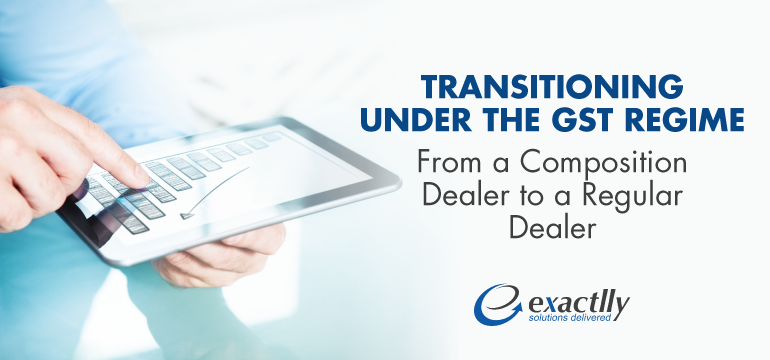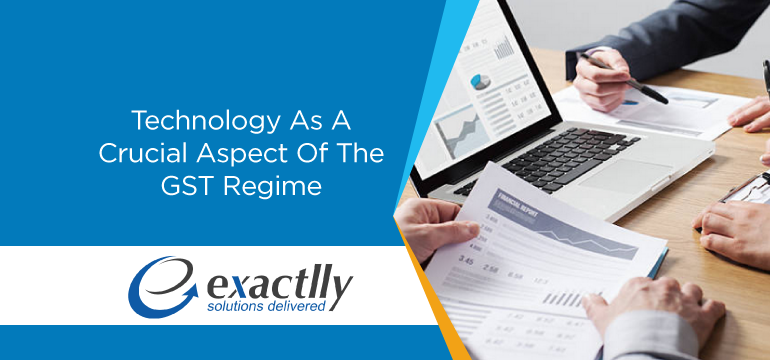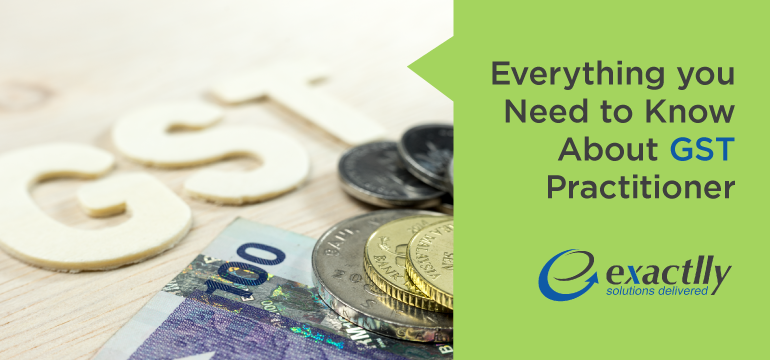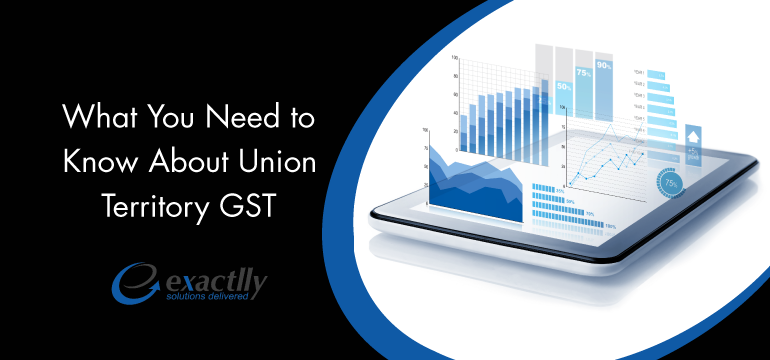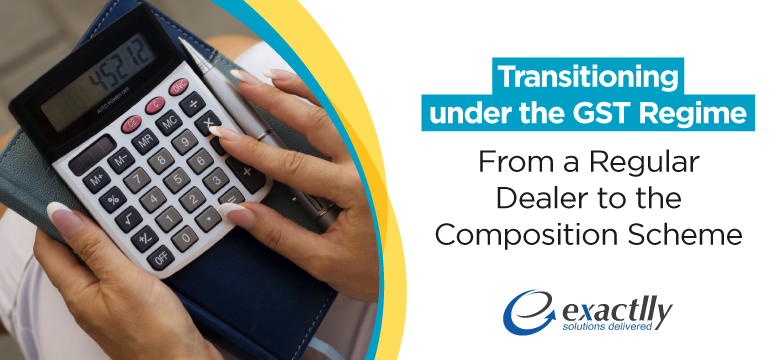Conditions for Transitioning under the GST Regime
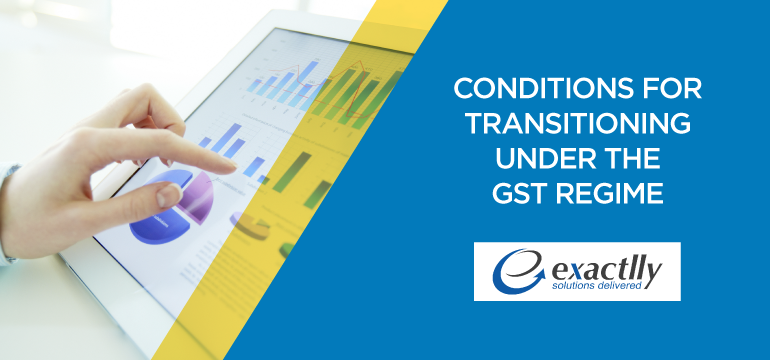
Upon GST transition taking place all over the country, you need to be updated with the basics. This article is going to help you understand all you need to know with respect to your business and compliances that you need to undertake to undergo a smooth transition into the GST regime.
For the purpose of understanding your route under the GST regime, you need to first zone in on the category of business you fall under –
- Businesses that may be liable for GST registration but not under the current law –
In the event that a manufacturing unit’s aggregate clearance value exceeds an amount of INR 1.5 crores, then under the Central Excise Act and Rules framed thereunder, the manufacturing unit must undergo registration and discharge any duties so due. This rule is also applicable under the VAT where a unit is liable for registration if the total turnover in a financial year exceeds the threshold limit laid down (which differs from state to state and is different for special category states). In case your total turnover exceeds INR 10 lakhs (for special category states) or INR 20 lakhs (for the rest of India), then registration under the GST becomes mandatory.
- Businesses that are engaged in the manufacture or sale of goods or services but such goods or services are exempt under the law –
A business may be manufacturing or selling goods or services which under the erstwhile indirect tax regime are not taxable due to being exempt, however, upon transition to the GST stage, it becomes necessary to undergo registration as the goods or services are no longer exempt and become taxable.
- Businesses/traders registered as first or second stage dealers or registered importers.
Any business or trader dealing in excisable goods is required to be registered under the Central Excise Act and Rules formed thereunder. As a first stage or second stage dealer under the erstwhile regime, the excise duty will not be available for utilization as credit as, as the dealer, you would be adding the amount of duty payable to the total product price. In case of resale of goods, the duty is passed on and can be claimed under the CENVAT Rules by the manufacturer so purchasing the goods for resale. As an importer, too, the Central Excise Act and Rules find registration to be mandatory if the goods are being imported and the duty on the goods imported must be discharged.
ITC on Closing Stock under the GST Regime –
Input Tax Credit or ITC may be availed on the closing stock – this includes semi-finished goods and finished goods held in the closing stock. However, certain conditions will need to be met in order to do so. These include:
- The intended use of the closing stock is taxable supplies;
- The closing stock may be either raw materials, semi-finished goods, or finished goods;
- Invoices any other documents evidencing payment of tax or duty have been maintained on all the goods held in the closing stock;
- The date of the invoice has not exceeded 12 months from the date of transitioning under the GST; and
- The supplier of the goods is not eligible to receive any other reductions or abatements on the cost of the goods under the law.
The recipient is the ultimate beneficiary of such ITC as he receives the reduced price on the good or service. ITC is not permitted under the erstwhile regime and thus any duty is added to the product price itself. However, under the GST regime, the application of the concept of ITC results in reducing the base price of the good, which results subsequently in a reduced cost of the final product.
If you are a regular taxpayer, you have no need to worry as you will be eligible for availing ITC under the GST regime. Nonetheless, if as a dealer you transition from a regular dealer to the composition levy scheme, you will not be eligible to avail of ITC.
As an illustration F&M Clothing is a registered excise dealer in garments and accessories. On March 3, 2017, it purchased 50 bundles of textiles amounting to INR 50,000 with a VAT at 14.5% and excise duty at 12.5%. As of March 31, 2017, F&M Clothing’s closing stock includes 30 bundles of textiles. Under the erstwhile tax structure, F&M Clothing is eligible for availing VAT on the input as credit and setting the amount against the output VAT. The excise duty however will not be permitted as ITC and is instead added to the product cost. However, upon transitioning under the GST regime, F&M Clothing will be permitted to avail the ITC on the basis of the excise duty on the closing stock.
It is further pertinent to note that F&M Clothing must meet certain conditions in order to be eligible to avail of ITC. These conditions include:
- Closing stock held to be used/intended to be used as taxable supplies
- The benefit of the ITC to be passed on to the recipient by way of a reduced cost price
- There should be invoices maintained on all the goods held in the closing stock (my it be semi-finished or finished)
- The date of the invoice should not have exceeded 12 months from the date of GST transitioning
If F&M Clothing meets all the criteria highlighted above, it will be eligible under the GST regime to avail of the input tax credit. Connect With Us for a free demo.

